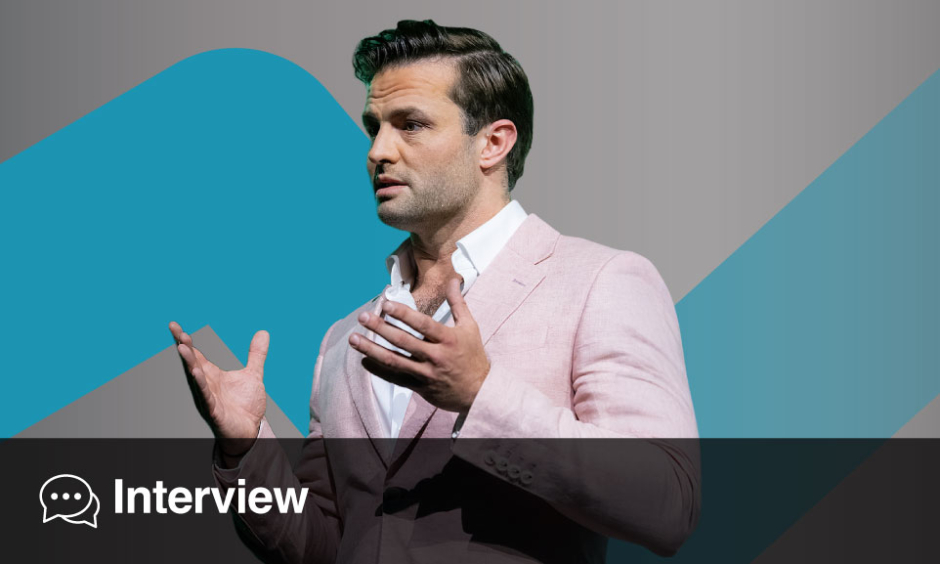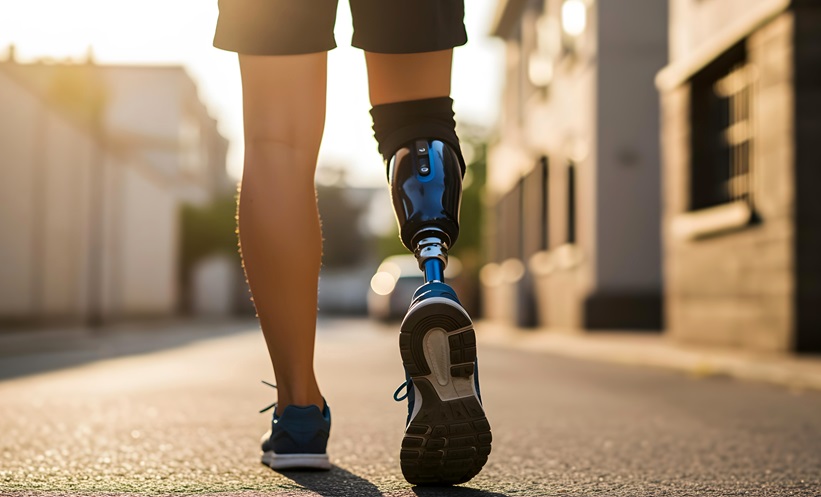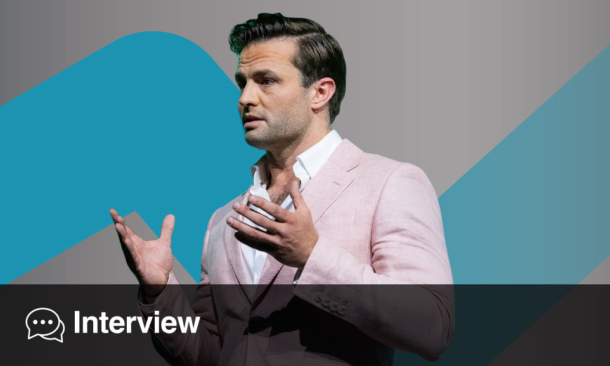DISRUPTIVE innovation, that is, innovation that overturns or otherwise challenges the status quo, was a theme explored in a session at this year’s 10th European Conference on Rare Diseases & Orphan Products (ECRD 2020). New trends in clinical research and trial design were discussed, as well as challenges associated with the need to perform innovatively to advance traditional methods. Speakers and panellists from a range of backgrounds discussed the integration of methodology, real-world evidence, and regulations in clinical research.
TRIAL DESIGN AND REAL-WORLD DATA FOR RARE DISEASES
In his introductory presentation, Dr Simon Day from Clinical Trials Consulting & Training, North Marston, UK, began by stating that, when proposing new trial designs, it is important that innovative trials uphold clinical and regulatory standards and do not contradict existing standards. Dr Day highlighted that the methods used for trials in rare diseases are applicable to more prevalent diseases in larger populations. Even though controlled trials in conventionally small populations such as case reports and single-arm trials, as seen in rare diseases, may have low statistical power, they are still preferable to no trial at all, Dr Day explained. Innovation is important, but what remains imperative is to maintain a high standard of design and quality. Therefore, totality of data, trial design, and trial execution are crucial elements.
Randomised controlled trials are currently the ‘gold standard’ for trial design. It is less clear how new trial designs and real-world evidence can be used by agencies and authorities, commented Prof Armando Magrelli from Istituto Superiore di Sanità in Rome, Italy. Real-world evidence is obtained from data sources such as case series, extended-access programmes, registries, claims databases, administrative data, and sponsors. Dr Margelli explained that companies are trying to generate real-world evidence and harmonise health records in a federated network. He went further to advise that the authorities must consider how real-world evidence could help in supporting the design of clinical trials and could provide supporting data in randomised controlled trials.
Dr Nigel Hughes from Janssen Research and Development, Beerse, Belgium discussed the challenges of collecting and integrating real-world data, which is invaluable in small populations with rare diseases. Researchers and developers endeavour to create interoperability and systematic research to overcome this in the modern age. There are several initiatives currently under development to improve our ability to work with real-world data more quickly and efficiently.
Regulators of clinical trials require data to portray a message, as data conveys what is relevant and what outcome measures make sense, explained Ms Elizabeth Vroom of the World Duchenne Organization, Veenendaal, the Netherlands. In fact, data from real-world evidence demonstrates the possibilities of drug availability from constrained groups of people in strict conditions to larger groups in a wider range of circumstances. Ms Vroom explained that data from ‘bedside-to-bench’ are equally important as data from ‘bench-to-bedside’ as an indication
of patient preference before the trial even begins. This information may be obtained from placebo trials, hospitals, or natural history; there is a need to discuss and share the data with patients to begin the story.
Given that patient numbers are smaller in rare diseases, data are limited. Nevertheless, it is important to be able to use the data optimally and, to this end, there are several ways companies are working on this. For example, in the Duchenne muscular dystrophy community, there is increased reuse of data: there seems to be encouragement for patients to collect their own, real-world data, and calls for companies to share their placebo data.
PATIENT VOICE IN CLINICAL TRAILS
Another topic discussed in the session was how rare diseases have demonstrated to many other medical communities the importance of patient partnership and engagement in clinical trials. For example, Dr Pooja Merchant from Bayer in Pittsburgh, Pennsylvania, USA, shared that oncology is learning from the rare disease community that every patient’s voice matters. Every patient experience adds to the knowledge that is needed for new trial and drug development. Dr Merchant went on to discuss precision medicine and its applications in cancer treatment. She highlighted how precision medicine could potentially help improve the safety and efficacy evidence required to ensure medicines reach patients in a more reasonable time frame, something that is important for cancer patients and, in this case, rare disease patients.
The importance of the patient voice in the drug development process was also highlighted by Prof Veronica Miller from the University of California in Berkeley, California, USA. Prof Miller explained that this is a notion that first came to the forefront during the onset of HIV many years ago and is now of growing significance. Patients are the most valuable resource in the clinical research paradigm, and they are owed the respect of efficient and respectful use of their data. This is especially true in rare diseases where patients and caregivers alike have so much at stake. Therefore, it is important that stakeholders in clinical trials establish the best use for the data, and what the ‘risks’ of data use are. For example, uncertainty could arise from a trial with limited data due to the lack of a p value or a placebo arm. Prof Miller posed the question of whether we are willing to live with an element of uncertainty because of the dire need to obtain the data outcome? What is uncertain for one person in the interplay between clinical trials and real-world data is a risk for someone else. There is a shared onus of this uncertainty and handling patient data with skilful practice. Seemingly, the power of the patient voice is paramount to the approach to, and capacity of, innovative data use.








